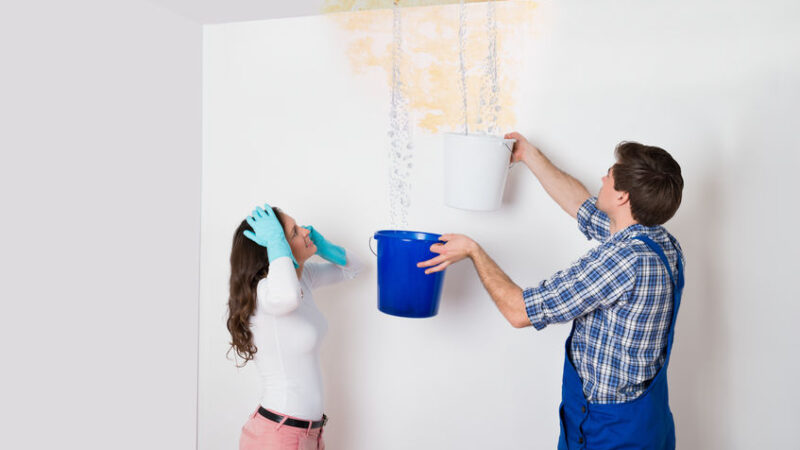The Basics Of Water Damage Restoration: What You Need To Know?

Your home or property can suffer greatly from water damage, which can cause to structural problems, health risks, and financial hardship. If your property has experienced water damage from a burst pipe, flood, or leaky roof, knowing the fundamentals of water damage restoration is essential to minimizing the effects and restoring it to its previous condition. We’ll cover all the important information regarding water damage restoration in this post.
Immediate Action Is Vital
The moment you discover water damage, taking immediate action is paramount. The longer water sits in your home, the more extensive the damage becomes. Mold growth, structural deterioration, and health risks can all escalate if you delay. Begin by shutting off the water source, if possible, and then proceed to remove water using pumps, towels, or wet/dry vacuums. Quick action can drastically lessen the extent of the harm.
Safety Comes First
Prioritize safety before beginning any water damage restoration work. To avoid electrical hazards or gas leaks, turn off the gas and electricity supplies in the affected area. To prevent accidents, use caution when walking on wet or slick surfaces. If there is significant water damage, you should leave the area and contact a reputable restoration company. They are equipped and know to safely handle potentially dangerous situations.
Assess The Extent Of Damage
Comprehending the extent of the impairment is essential for a successful restoration. Examine the walls, ceilings, floors, and items that are impacted. Three types of water damage exist, each with varying degrees of health risks: clean water, gray water, and black water. Black water is highly contaminated (usually from sewage backups or floods), gray water is slightly contaminated, and clean water damage comes from sources like burst pipes. Understanding the water category aids in choosing the appropriate safety measures and restoration techniques.
Mold Growth Is A Concern
Since mold grows best in moist environments, it is frequently a problem following water damage. If you ignore it, it could endanger your health and cause more harm to your property. As mold can grow in as little as 24 to 48 hours, water damage must be addressed right away. Experts in mold detection and remediation can test for the presence of mold, remove it from the structure, and take preventative steps to stop it from growing in the future.
Restoration Vs. Replacement
In many cases, it’s possible to restore damaged materials and belongings rather than replace them entirely. Professional water damage restoration experts possess the knowledge and equipment to salvage items like furniture, carpets, and drywall, which can save you money and preserve sentimental items. However, some materials may need to be replaced, especially if they pose health risks or structural issues. Restoration professionals can advise you on the best course of action.
Professional Restoration Is Advisable
Water damage restoration isn’t something you should try to handle on your own; in most cases, you should call in the pros. Certified restoration companies have the expertise, equipment, and experience to handle water damage effectively. They can assess the extent of damage accurately, mitigate further issues, and ensure thorough drying and dehumidification to prevent mold growth. Additionally, they handle insurance companies to help streamline the claims process, reducing your stress during a challenging time.
Insurance Coverage Matters
Although it may be out of pocket to fix water damage, many homeowner’s insurance plans cover the expense. Make sure you know what your insurance covers and doesn’t cover by reviewing your policy. Document the damage with photographs and keep detailed records of expenses related to the restoration process. Communicate with your insurance provider promptly and accurately to ensure a smooth claims process.
Conclusion
Immediate action, safety measures, and expert knowledge are essential for the complicated process of water damage restoration. Understanding the basics, such as the importance of quick response, safety measures, assessing damage, and the potential for mold growth, is crucial. While it may be tempting to handle restoration on your own, consulting with certified professionals and navigating your insurance coverage can ultimately save you time, money, and stress. By being informed and taking the right steps, you can effectively address water damage and restore your property to its pre-damage condition.






